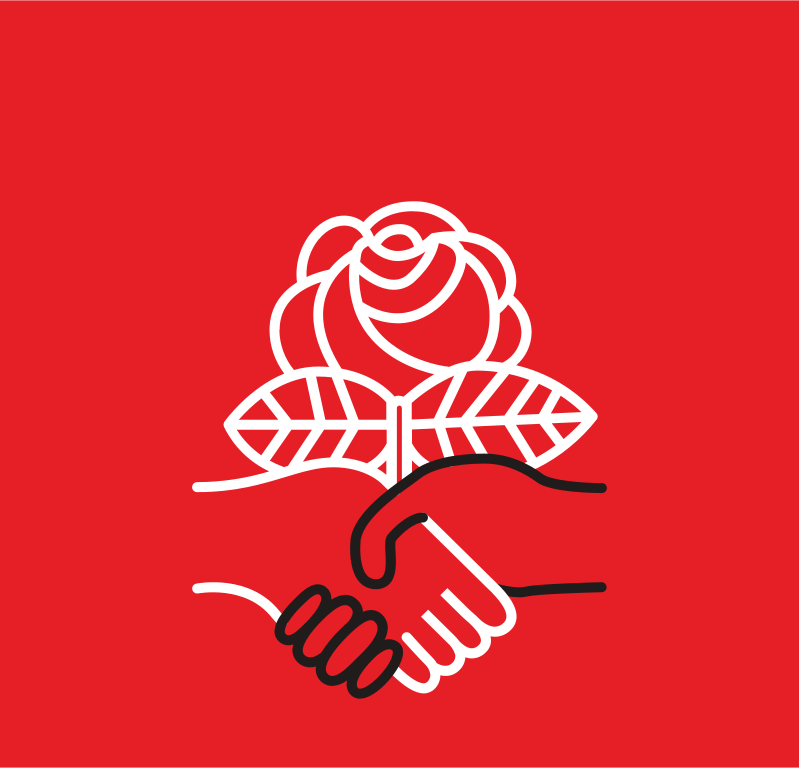NEW LEFT REVIEW

At the height of Occupy in 2011, few would have guessed that the next destination for America’s emerging new left would be the Democratic Socialists of America. Formed in 1982, the 6,000-odd dsa spent the next three decades as a marginal left caucus within a Democratic Party bankrolled by Wall Street, Hollywood and Silicon Valley; which, once in power, forced through nafta, spearheaded workfare, deregulated the banks, cosseted the tech giants, launched wave upon wave of military assaults on the greater Middle East and expanded state surveillance and drone warfare. The ‘realignment’ strategy favoured by dsa leader Michael Harrington and his co-thinkers had no discernible impact on political reality. Like the wider progressive milieu inside the Democratic ‘big tent’, dsa endorsed pro-war, pro-business candidates like John Kerry, once official nomination had been secured. The group managed to perpetuate itself over time, but little more. Since 2016, energized by the Sanders campaign and Black Lives Matter, repulsed by Trump, a new cohort of radicalized young Americans have flocked to join. dsa now claims 60,000 members, with chapters in all but one of fifty states, from Anchorage to Fort Lauderdale, Honolulu to Cape Cod. Roughly the same size as Momentum in the uk, the new dsa is notably more radical and dynamic, with many of its members eager to envisage an organization beyond the dark planet of the Democratic Party; a parallel move would be unthinkable now for Momentum. For the time being, both face the dilemma of operating in a political space largely determined by structures and ideologies alien, if not actively antagonistic, to a free-spirited left: deference to archaic and undemocratic national-constitutional forms, parochial myopia about neo-imperial policies abroad, unwillingness to draw a clear line under the experience of Blair and Brown, Clinton and Obama—and Biden. The presentations that follow, given at the ucla Center for Social Theory and Comparative History in March 2019, don’t break with these taboos. But the five dsa members, all from California chapters—and spanning a range of positions, from neo-Kautskian electoralism to libertarian party-building—offer a vivid sense of the debates agitating the group’s membership base. How will dsa convert its newly acquired supporters into political organizers? What fields of activity should it bestow its (still limited) resources upon? Most pressingly, how should it relate to the Sanders 2020 campaign, and to the Democratic Party as a whole? Can the long-term goal of building an independent working-class party be reconciled with dsa’s current practice of running candidates on Democratic ballot-lines? The manner in which these questions are addressed will help determine whether dsa’s growth since 2016 sows the seeds for a lasting socialist revival in the world’s most powerful capitalist state.
America’s New Left
1. Jeremy Gong: Voting and Class Struggle
In 2016, the Bernie Sanders campaign reintroduced the idea of socialism into the us political mainstream. The Democrat establishment stifled it and put forward Clinton, as the only alternative to an extreme right-wing agenda. After Trump’s election, and the concomitant discrediting of the dp establishment, many turned towards democratic socialism. Fifty thousand—mostly young people—have joined the Democratic Socialists of America. But the more dsa matures, the more challenging are the strategic questions we confront. I’ll focus mostly on the role of elections for our movement: despite the dangers of electoralism, a class-struggle approach to elections and elected office is an essential element of dsa’s work today.
Socialists are trying to achieve the most difficult thing humans have ever attempted: the conscious transformation from one social order to another, carried out by, and in the interests of, the majority of society. Capitalists have incredible powers to maintain the status quo and, unless workers are organized, they have very little power. But organizing is difficult and often ends in failure. Even the highest points of class struggle, such as the 1930s and 40s in the us, have been fleeting. Organizations and working-class consciousness dissipate after major defeats, or are co-opted by the dp; workers have been divided by racism, sexism and other reactionary ideologies; older generations of militant organizers have died off. Yet only organized socialists can consolidate the gains of class struggle, assimilate the lessons of the international working class and bring these to a new generation. We cannot simply elect socialists to office, to legislate socialism from above. The state under capitalism is not a neutral tool; its legislators and administrators are under immense pressure to advance a pro-business agenda, to block or water down progressive reforms. Capitalists’ control over investment decisions grants them an indirect structural power over the decisions of elected public officials. Second, though the redistribution of resources will require an ambitious legislative agenda, the power to achieve and defend those gains will depend primarily on organized workers and their capacity to mobilize a mass social base.
New Left Review for more
